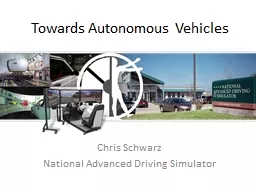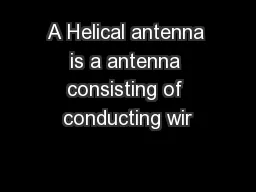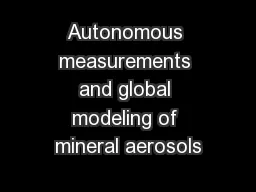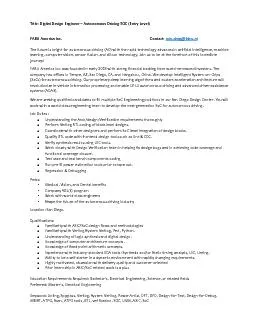PPT-ANACONDA ANtenna with Autonomous, CONtinuous Data
Author : test | Published Date : 2018-09-23
trAnsfer Customer RECUV Dr Dale Lawrence Project Advisor Dr John Farnsworth Spring Final Review 20 April 2015 1 Mechanical Lead Gloria Chen Comms Lead Tyler Clayton
Presentation Embed Code
Download Presentation
Download Presentation The PPT/PDF document "ANACONDA ANtenna with Autonomous, CONtin..." is the property of its rightful owner. Permission is granted to download and print the materials on this website for personal, non-commercial use only, and to display it on your personal computer provided you do not modify the materials and that you retain all copyright notices contained in the materials. By downloading content from our website, you accept the terms of this agreement.
ANACONDA ANtenna with Autonomous, CONtinuous Data: Transcript
Download Rules Of Document
"ANACONDA ANtenna with Autonomous, CONtinuous Data"The content belongs to its owner. You may download and print it for personal use, without modification, and keep all copyright notices. By downloading, you agree to these terms.
Related Documents














